Unlock Tochigi|Three-day Tour Exploring Tochigi, Japan
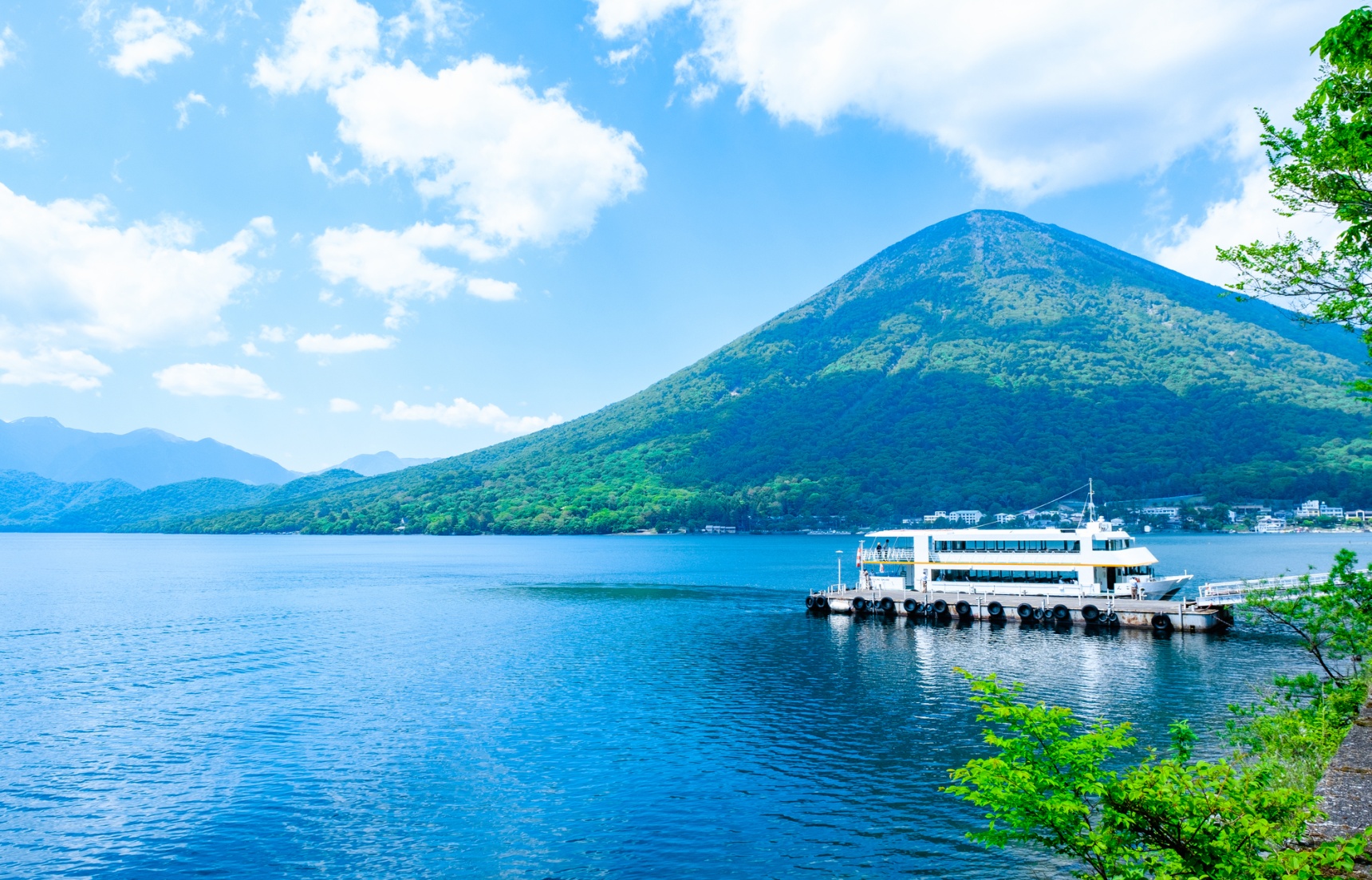
Tochigi Prefecture deserves to be on every traveler’s wish list. Just a few hours by train from Tokyo, it is blessed with natural beauty and a rich history. Known for its mountains, hot springs, and a World Heritage site, the prefecture also maintains age-old traditions in cuisine and artisanal culture. This three-day itinerary through Nikko and its surroundings is a fascinating introduction to the area’s stunning landscapes and cultural interests.
By AAJ Editorial TeamThis route highlights some of Tochigi’s natural areas, historic buildings, and cultural traditions. It includes marshland walks, hot spring bathing, embassy villas from the Meiji era, and workshops where traditional crafts are still practiced.
Day 1: Marshland Hike & Hot-spring Stay
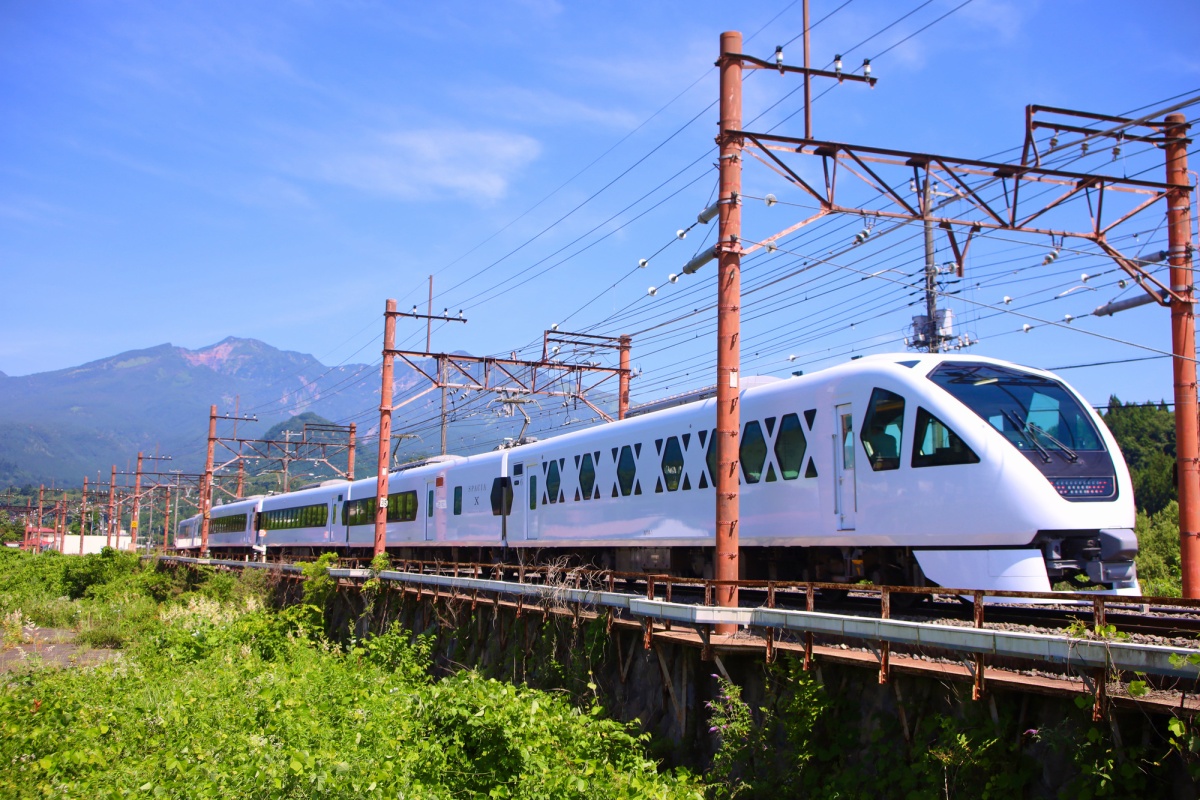
Train from Tokyo to Nikko
Kick off your Tochigi adventure in style by sitting back and relaxing aboard the SPACIA X express. The train’s design incorporates motifs from Nikko’s Toshogu Shrine and traditional Edo-era latticework. Large windows frame the gradual transition from Tokyo’s bustling center, through the suburbs, to verdant farmland and forested mountains. For those seeking more comfort, premium options such as the Cockpit Suite provide wider views and private seating. An onboard café offers a range of Tochigi-produced snacks, sake, and beer.
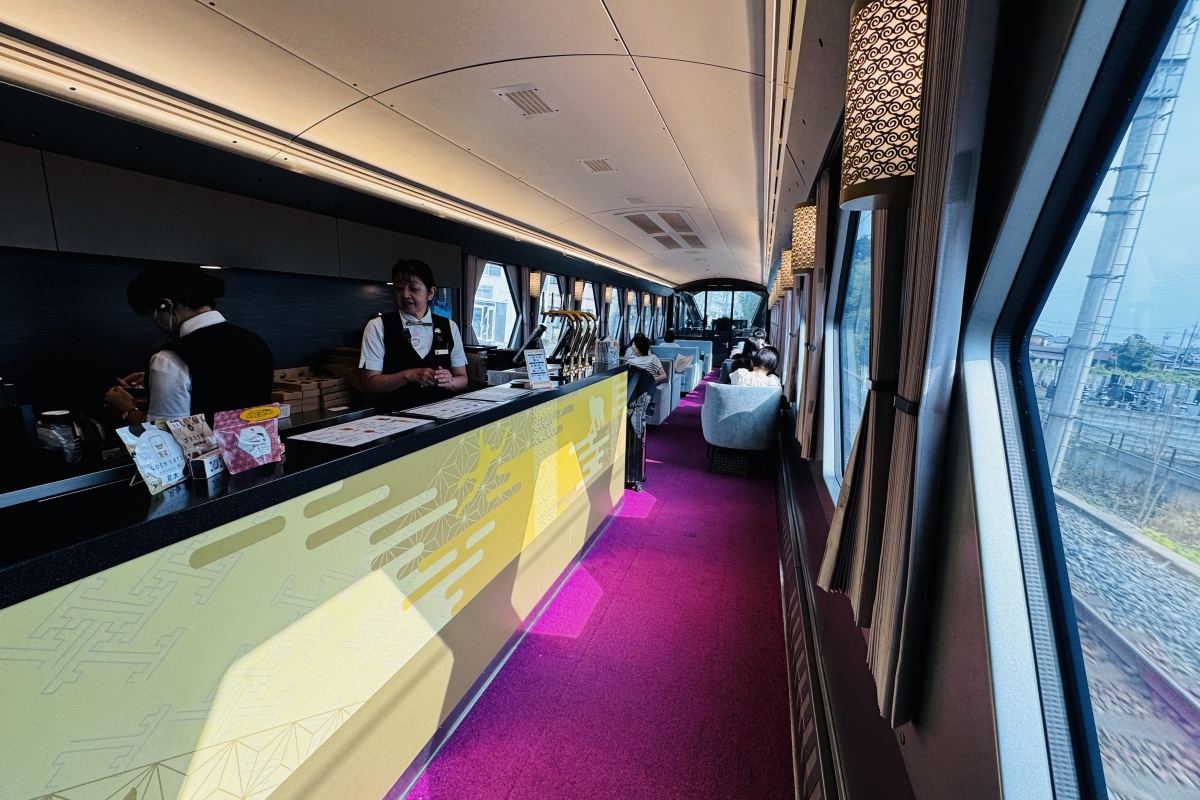
Lunch at Grill & Steak Myogetsubo Restaurant
Housed in a renovated temple lodge set in a serene forest, this restaurant features an interior aesthetic perfectly suited to its exquisite dishes. Highlights include mouthwatering Tochigi wagyu steaks and Hamburg steaks topped with Nikko yuba (soy milk skin), a local delicacy tied to Buddhist cuisine.
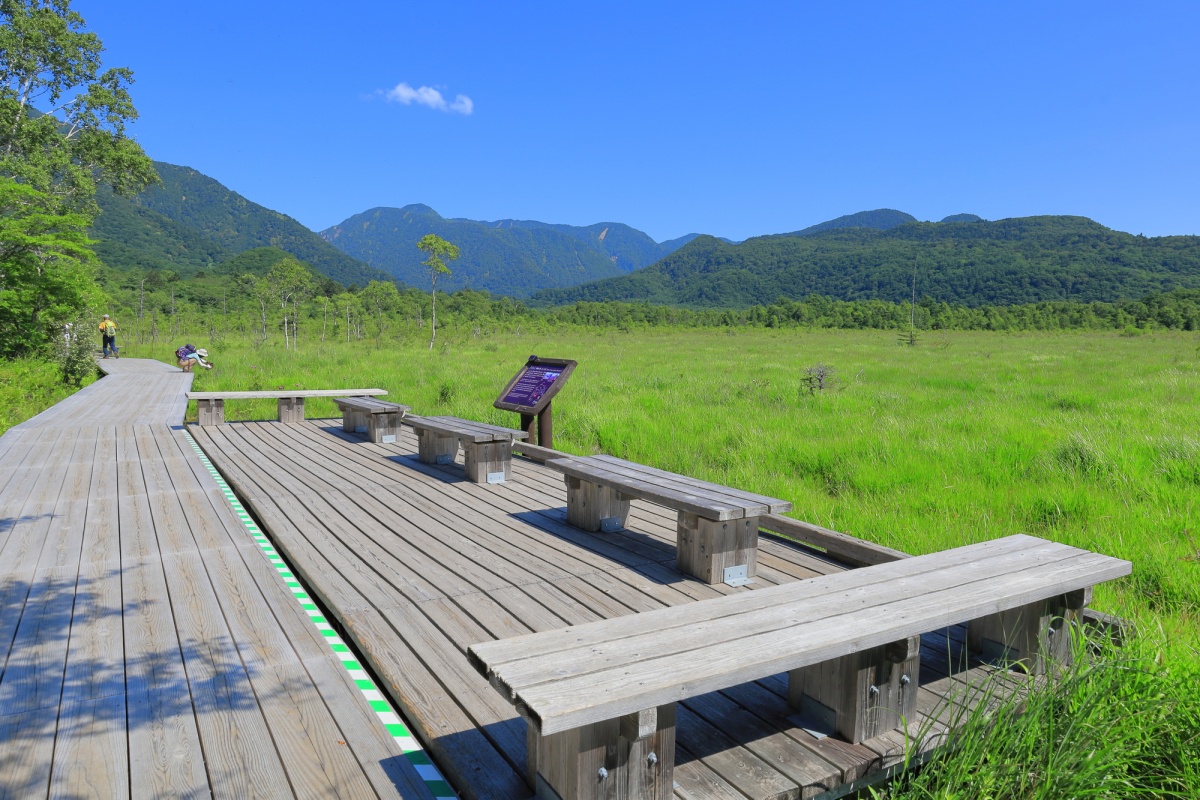
Walk the Senjogahara Marshland Trail
Covering about 400 hectares, Senjogahara is a highland marsh that is stunning at any time of the year. Boardwalks crisscross the marshland, allowing visitors to observe seasonal vegetation and animal life while protecting the diverse, sensitive ecosystem. Not far away is Yudaki Falls, approximately 110 meters long and 70 meters high. A strategically placed observation deck allows visitors to feel the full force of its energy as it flows down from Lake Yunoko, a scenic jewel surrounded by ancient forests.
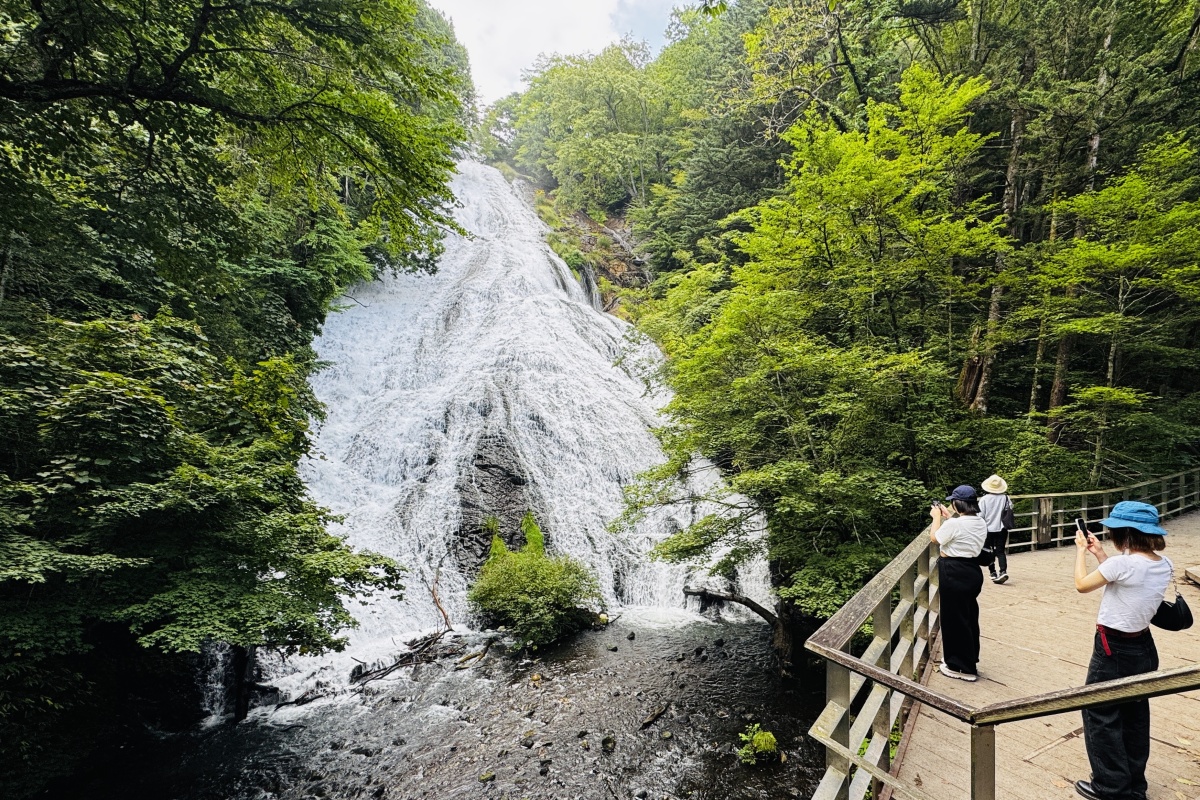
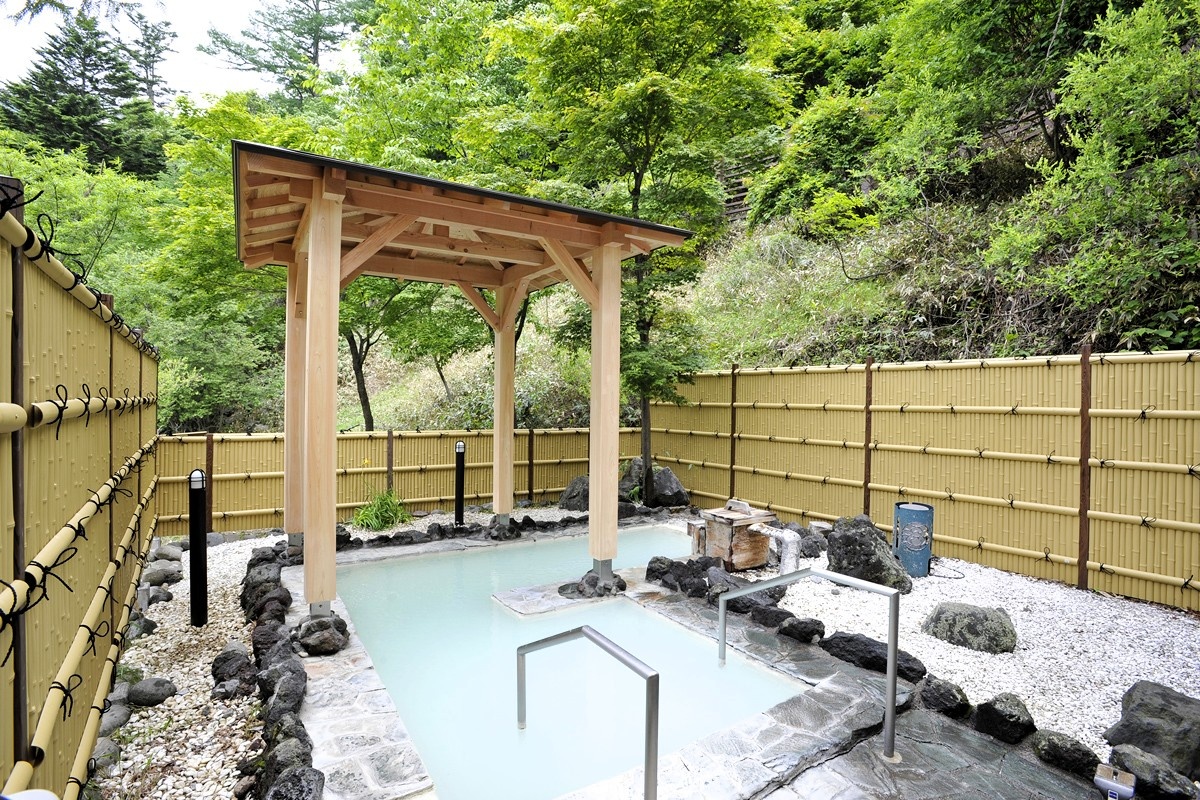
Overnight at Yumoto Itaya Hot Spring
Yumoto Itaya, a Japanese-style lodge dating back over 250 years, offers a truly authentic overnight experience. The sulfuric hot-spring waters of both the indoor and outdoor baths is said to be excellent for the skin. A kaiseki meal incorporating the finest seasonal and local ingredients is served in the evening.
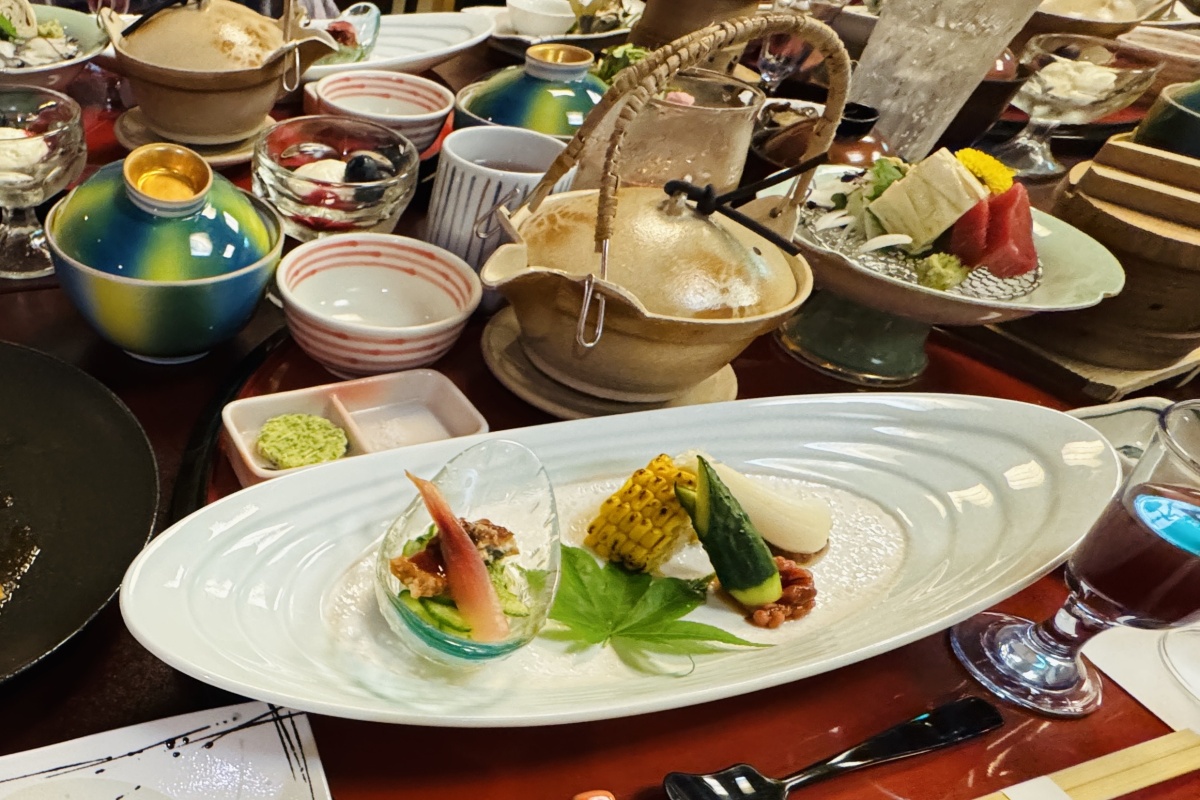
Day 2: Lake Chuzenji and Diplomatic Villas
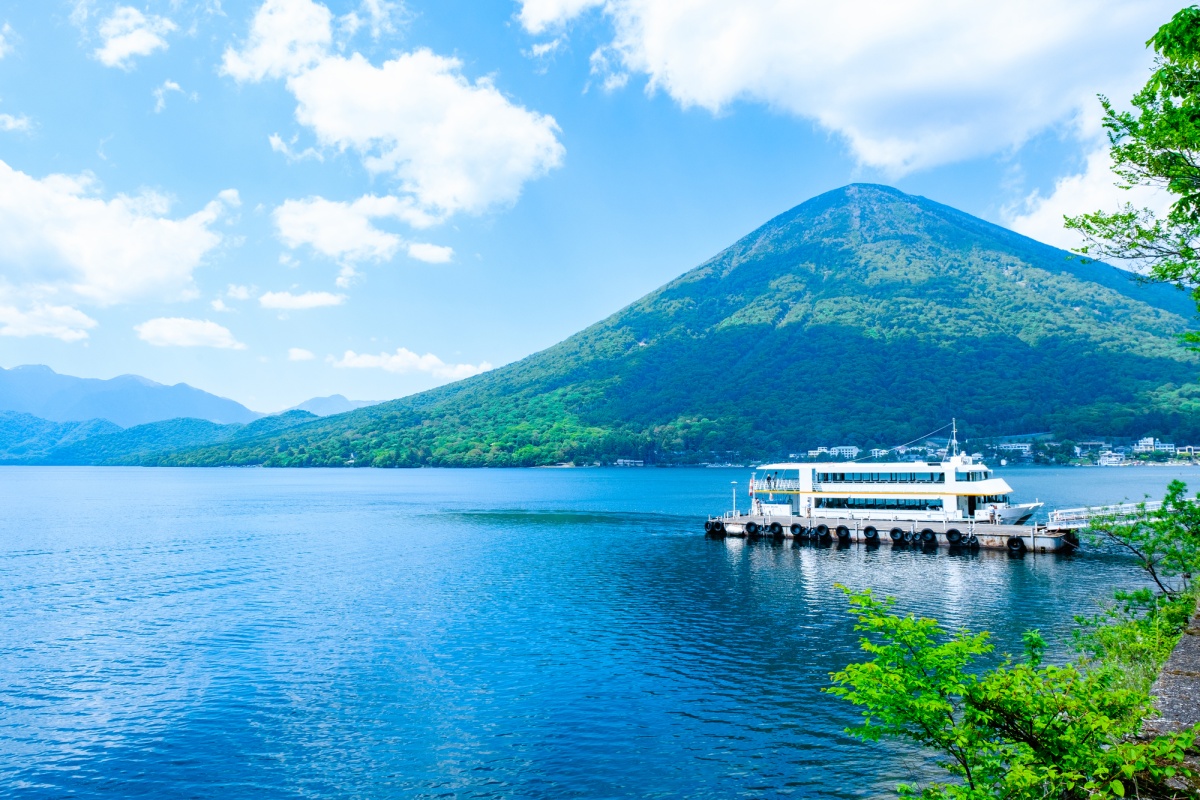
Morning Cruise on Lake Chuzenji
Formed more than 20,000 years ago by an eruption of Mt. Nantai, Lake Chuzenji is Japan’s highest natural lake, at an altitude of over 1,200 meters. A sightseeing cruise on its calm waters is an experience to treasure. The boats upper deck and special viewing cabin offer spectacular vistas dominated by the sacred, conical shape of Mt. Nantai, one of Japan’s “100 famous mountains.” The approximately one-hour circuit allows time to take in the cool climate and alpine setting that once drew Tokyo’s elite and international community to the lake each summer.
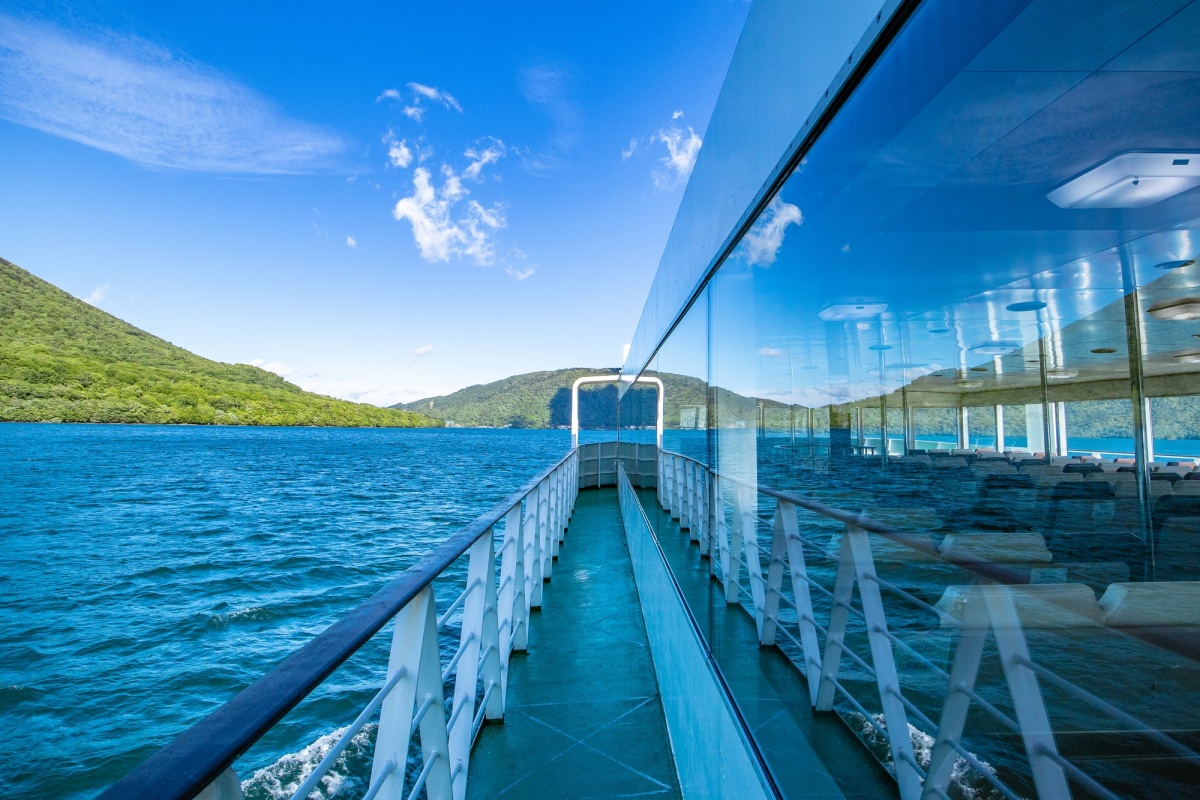
Visit to Italian Embassy Villa and British Embassy Villa Memorial Parks
The presence of former embassy villas around Lake Chuzenji reflects the early encounters between Japan and the West in the late 19th century. They were built to allow diplomats and other foreign residents to escape the summer heat of Tokyo. The British villa began as the private residence, built in 1896 by diplomat Ernest Satow, before being converted later into use for the British Embassy. It was designed by the renowned architect Antonin Raymond. The Italian villa, built in 1928, uses cedar bark in a decorative style unique to the region, harmonizing with the surrounding forest. Authentically restored, both villas serve as museums, presenting not only architectural history but also the social life of foreign residents in early modern Japan.
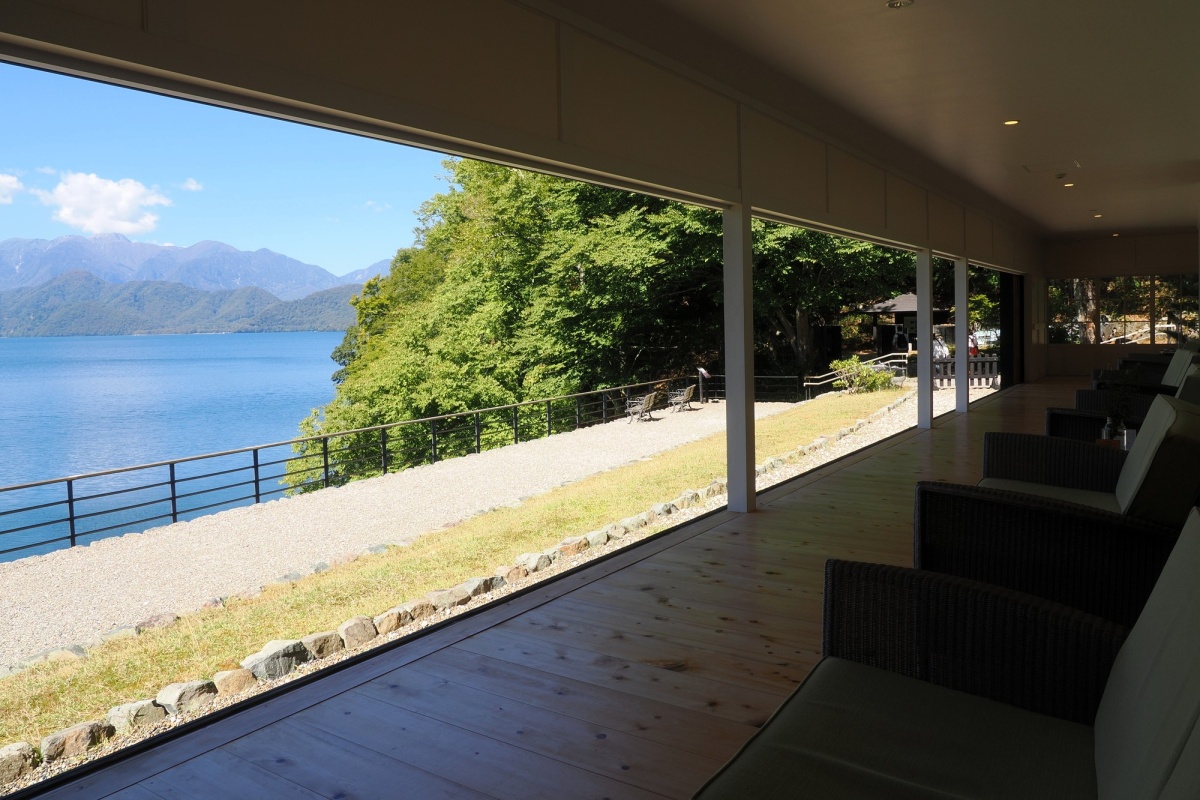
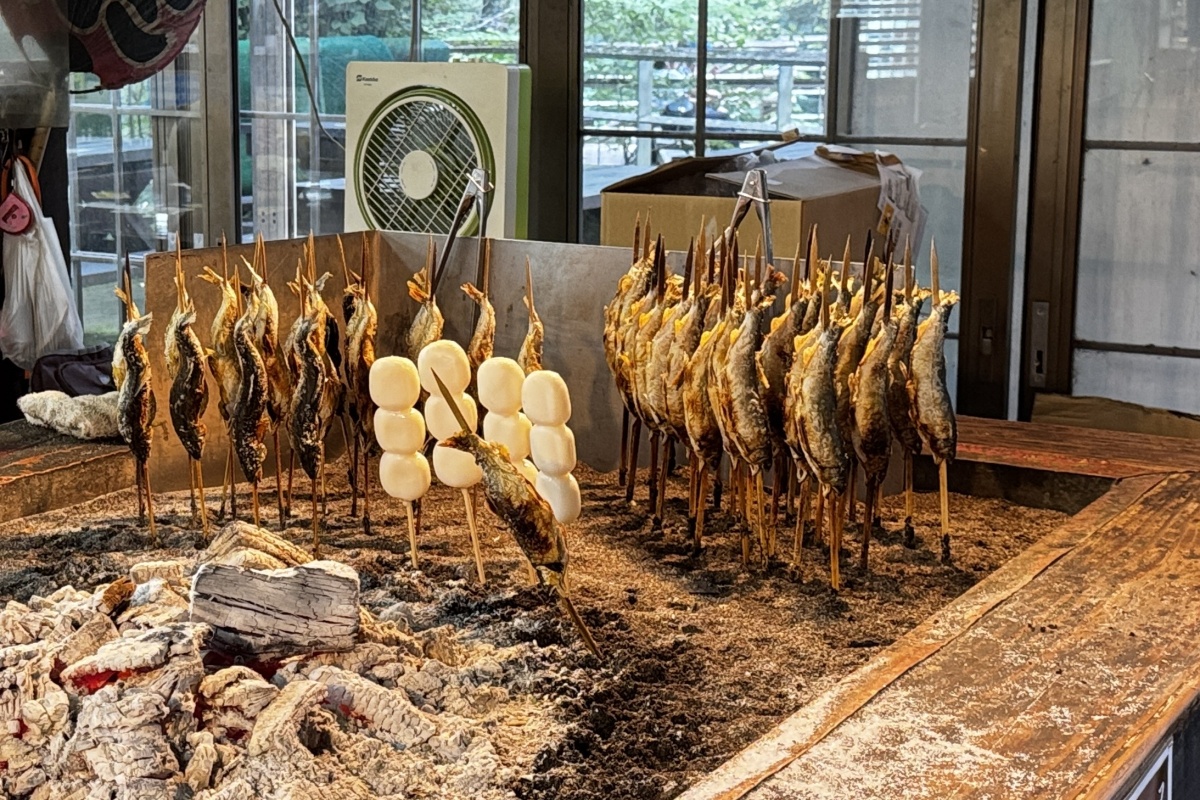
Lunch at Lake Chuzenji Onsen Gai Street
The lakeside street near Kegon Falls remains a focal point for visitors, with small restaurants specializing in Nikko’s best-known foods. Yuba, a by-product of tofu-making, appears in multiple forms; eaten raw as sashimi, or fried as tempura. Other dishes include grilled iwana (char) or ayu (sweetfish) cooked over charcoal, reflecting the area’s freshwater fishing tradition. Another favorite are the fragrant Nikko buckwheat noodles.
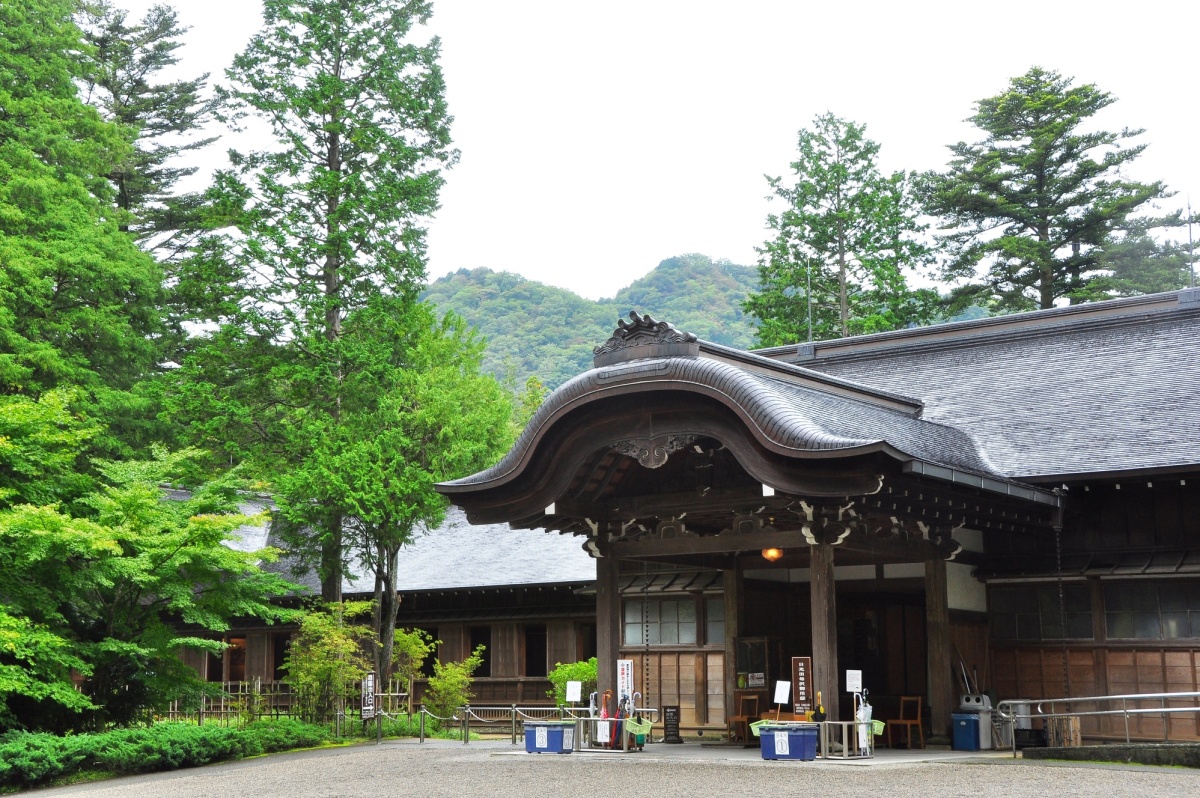
Nikko Tamozawa Imperial Villa Memorial Park
This wooden complex was first constructed in 1899 for use as a summer retreat by the Imperial family. Its design is unusual; portions of earlier Edo-era royal structures were dismantled in Tokyo and rebuilt on site, while Taisho-era additions from the early 20th century were integrated later. The resulting structure offers an extremely rare opportunity to witness the coexistence of three architectural styles in one location. Today, visitors can walk through its many rooms, viewing spaces that once hosted emperors, and stroll in the gardens designed for quiet seasonal appreciation.
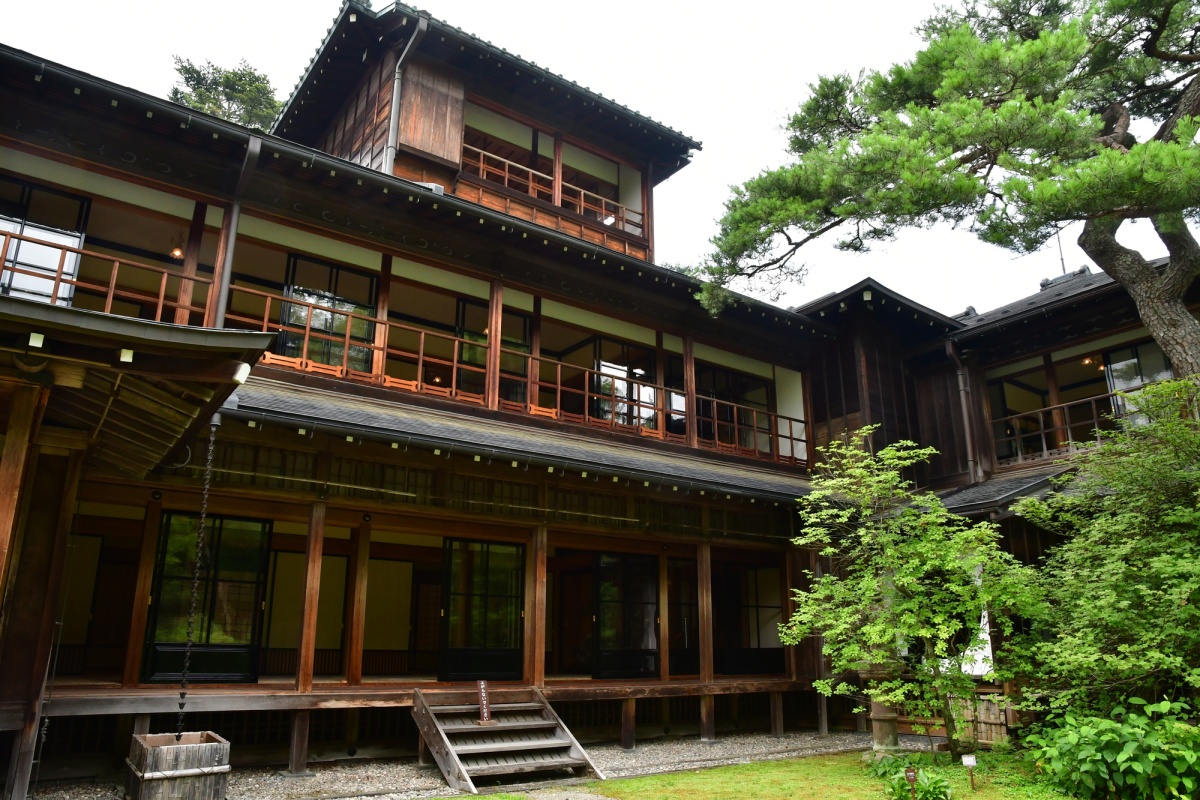
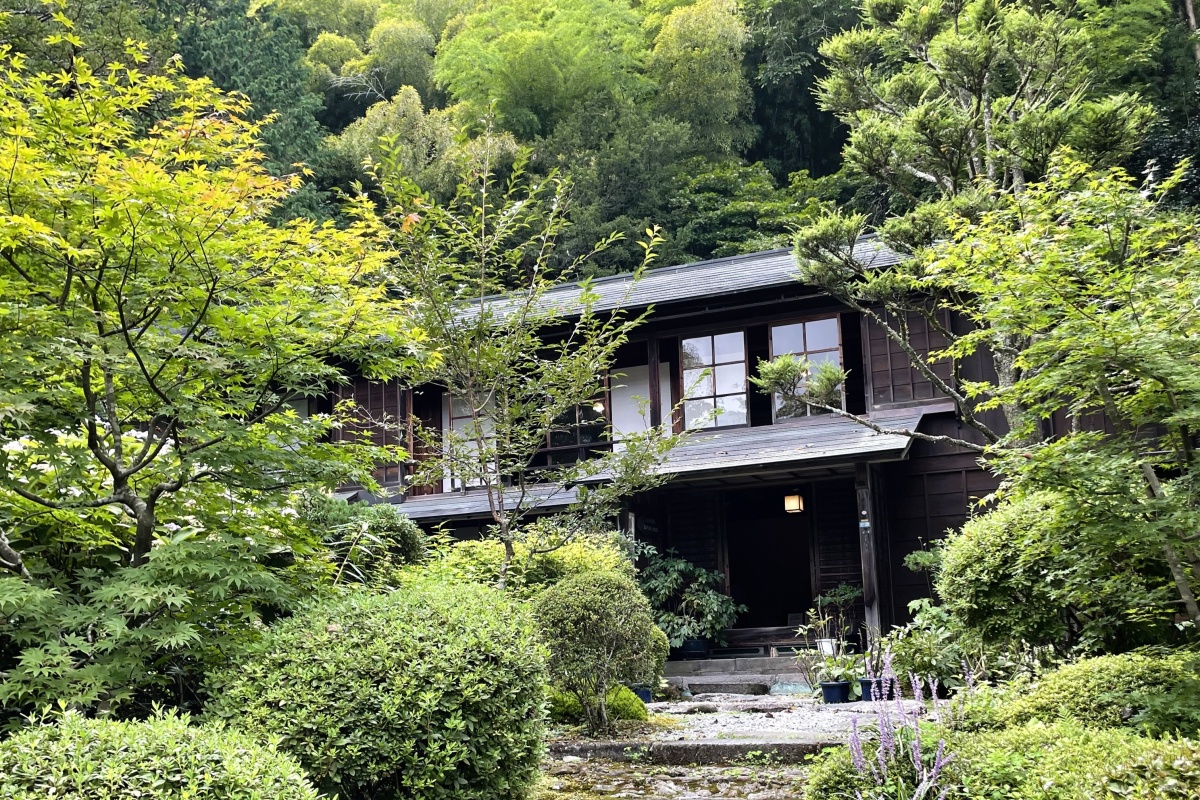
Kanaya Hotel History House
Nikko’s role in early international tourism is evident at the Kanaya Hotel History House, once the home of a local samurai family. In the late 19th century, it was converted into a lodging for foreign travelers at a time when Japan was cautiously opening to the outside world. This designated cultural property is known as the first hotel in Japan specifically for foreigners. The building remains a registered cultural property, illustrating how Nikko became one of Japan’s earliest resort destinations for overseas guests.
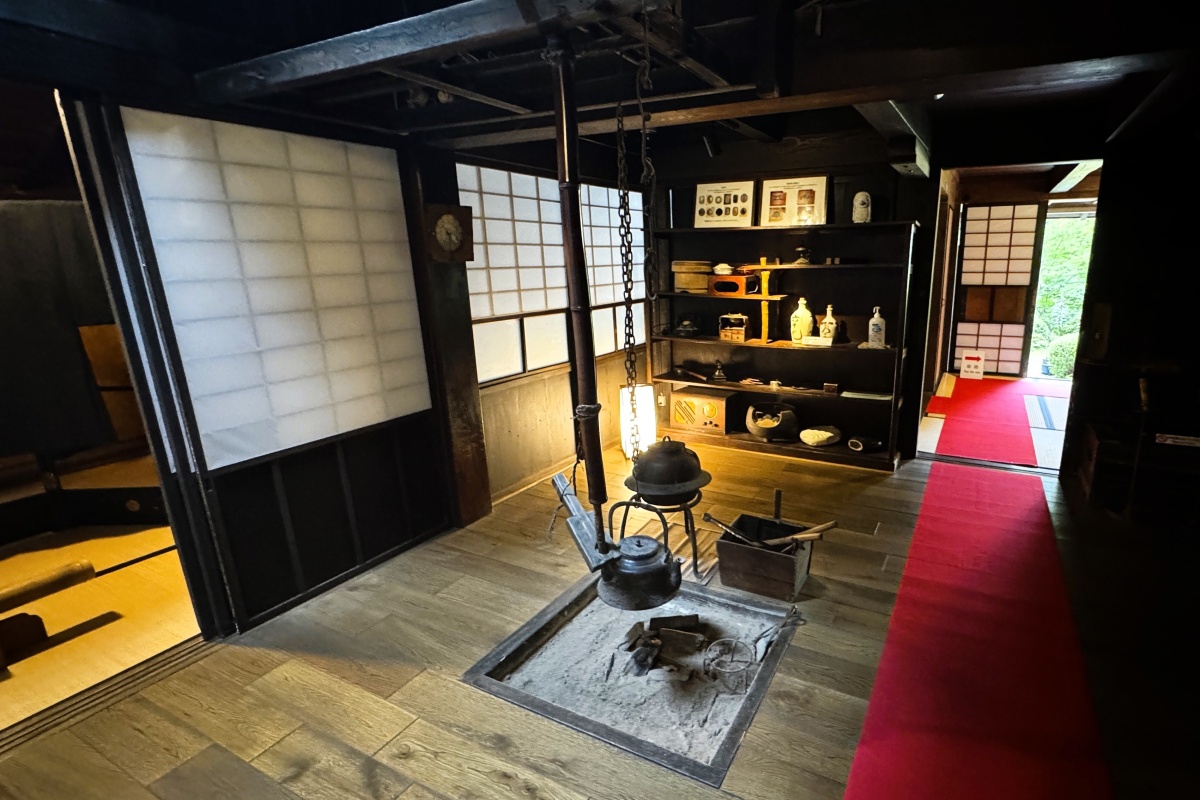
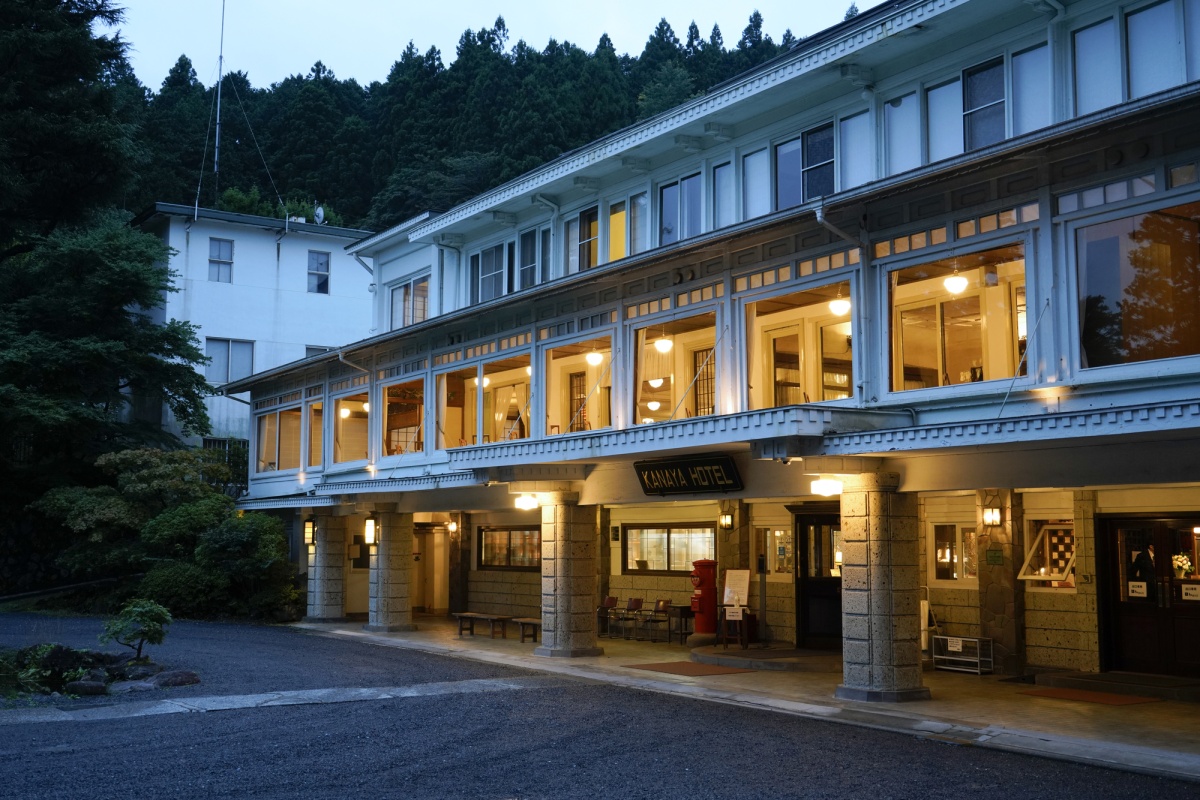
Overnight at Nikko Kanaya Hotel
Tradition is key at the current Nikko Kanaya Hotel, which still accommodates guests in a building constructed in 1893. It features classic Japanese architecture mixed with Western-style furniture and decorations. Each room is distinctively decorated, and public areas preserve early 20th-century furnishings. The dining room is known for a French-influenced menu that has been passed down from generations of chefs, though some diners pick an old favorite, the “100-year curry and rice,” based on a recipe from the early 20th century.
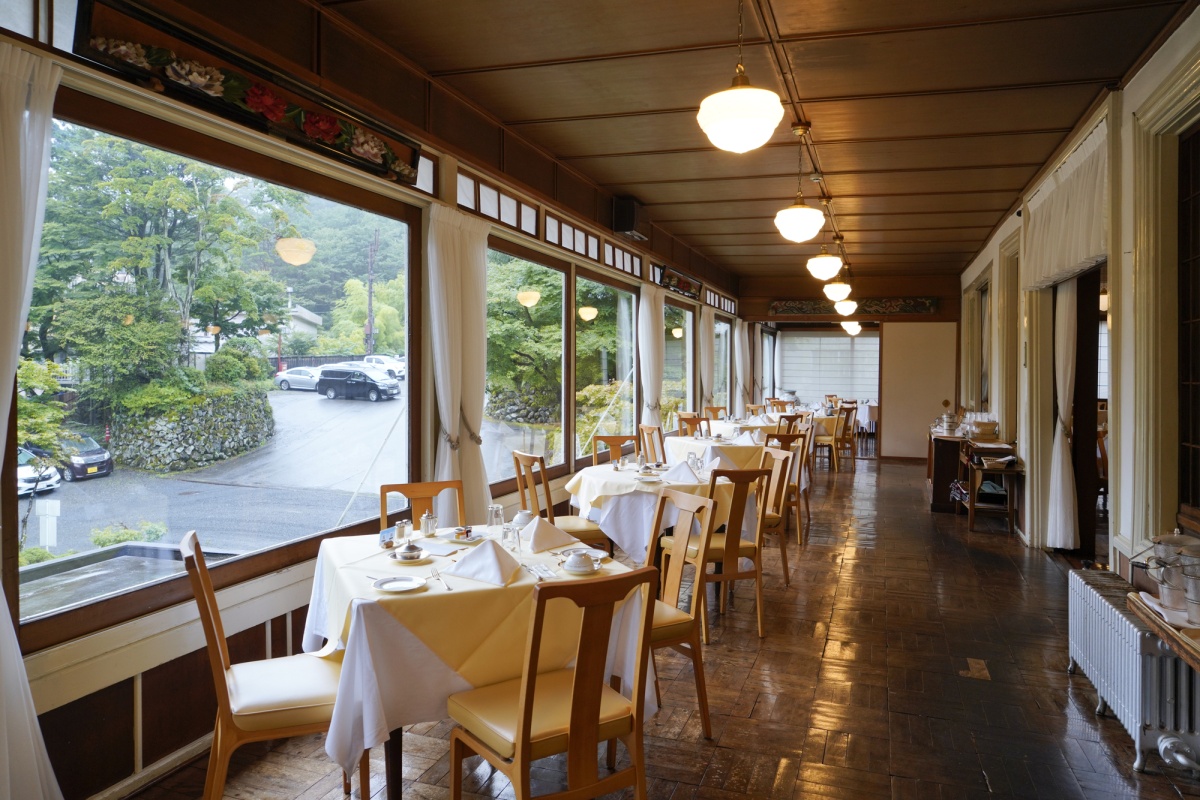
Day 3: Local Crafts & Food Culture
Nikko Geta by Masashi Yamamoto
Footwear in Nikko adapted to local conditions through the development of Nikko geta, which combine the wooden soles of geta clogs with the woven comfort of straw zori sandals. This hybrid design offered stability on steep slopes and insulation in snowy winters. At the Yamamoto workshop, artisans make these shoes by hand, planing wood and fitting straps using techniques passed down over generations.
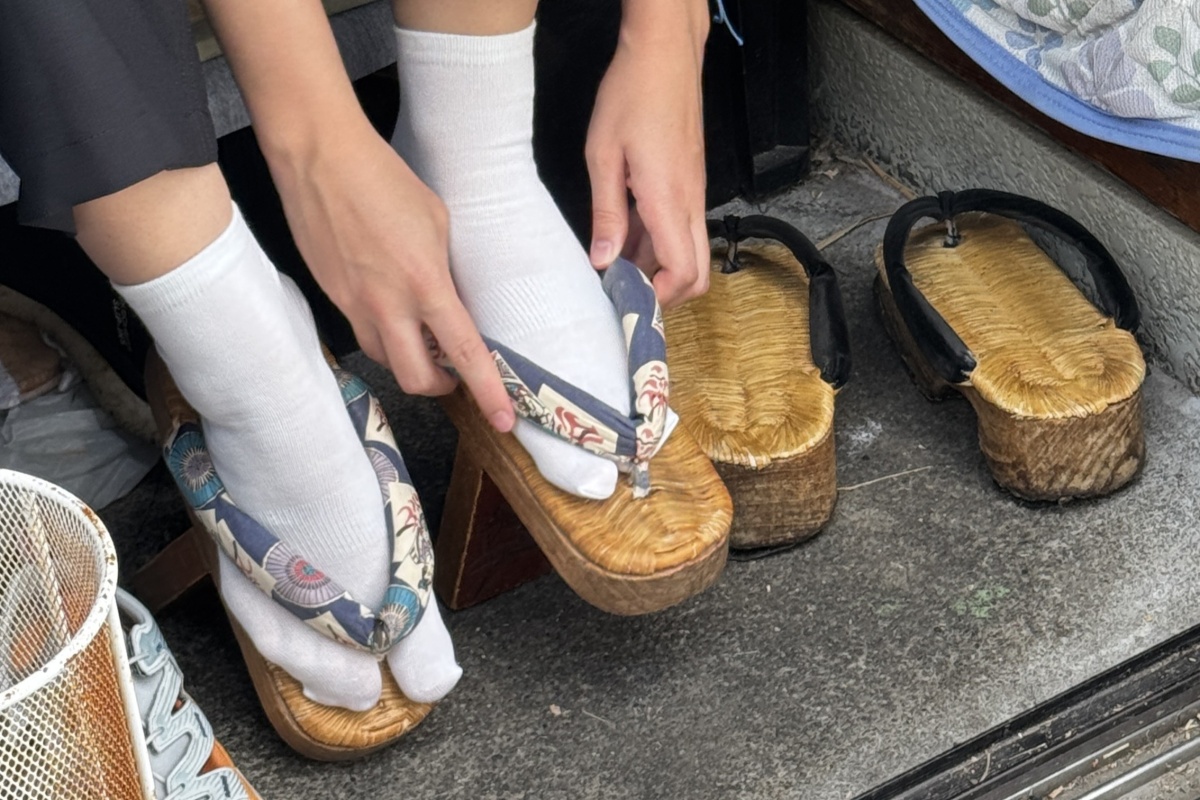
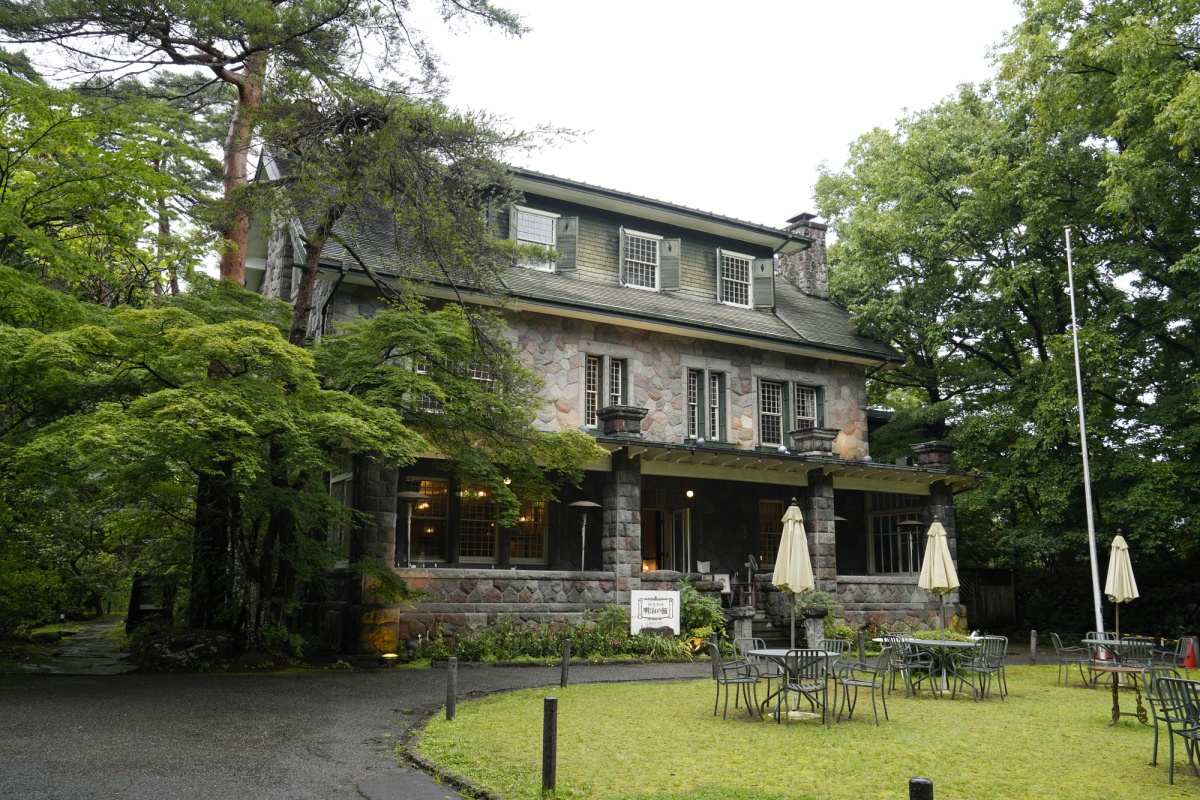
Lunch at Meiji no Yakata Restaurant
In the Meiji period, as Japan adopted and adapted Western culture, yoshoku (Western influenced Japanese food) became popular. Meiji no Yakata, located in a Western-style stone building, continues this legacy. Dishes such as omuraisu (rice wrapped in omelet) and hashed beef with rice, once novelties, became firm favorites. Eating them in this setting provides historical context, showing how foreign ideas were localized and absorbed into national food culture.
Watanabe Sahei Sake Brewery
Founded in 1842, this family-owned sake brewery has operated continuously for nearly two centuries. It produces junmai (pure rice) sake, relying on clear spring water, natural ingredients, and the cold winter air to produce fine, smooth sake. Visitors can learn about the brewing process, including how winter temperatures aid in production, and sample different types of sake under the guidance of the master brewer. The shop’s survival over generations reflects both the popularity of sake in Japanese society and the adaptability of small-scale producers.
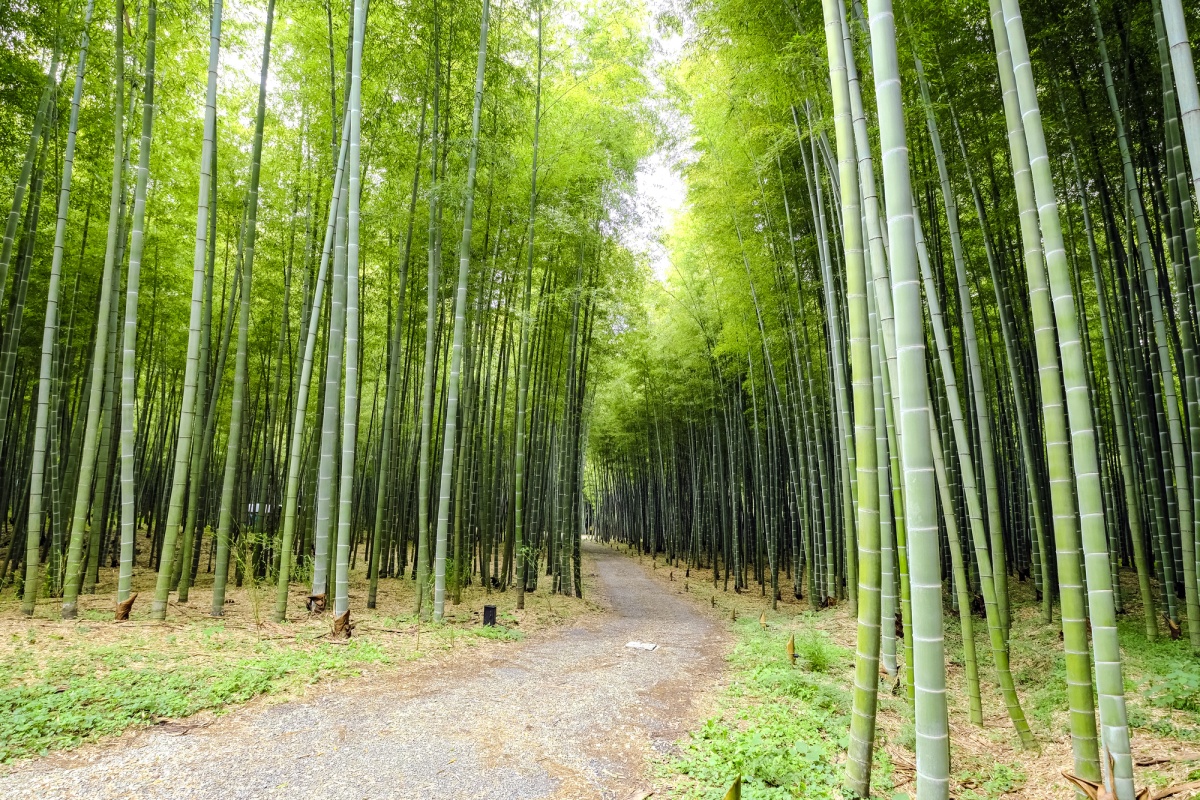
Four Seasons Bamboo Forest at Wakayama Farm
Bamboo, long valued in Japan for both practical and symbolic reasons, is the focus at this sustainably managed forest. Tall stalks line walking paths, creating shifting patterns of light and shade that make the site popular with photographers and film crews. (Nighttime illumination takes place only on weekends and public holidays.) An adjacent gallery displays bamboo crafts ranging from utensils to decorative pieces, while a shop offers goods made from the versatile plant. The visit concludes with tea served in bamboo cups (weekends and public holidays only), a small but tangible connection between the forest environment and everyday life.
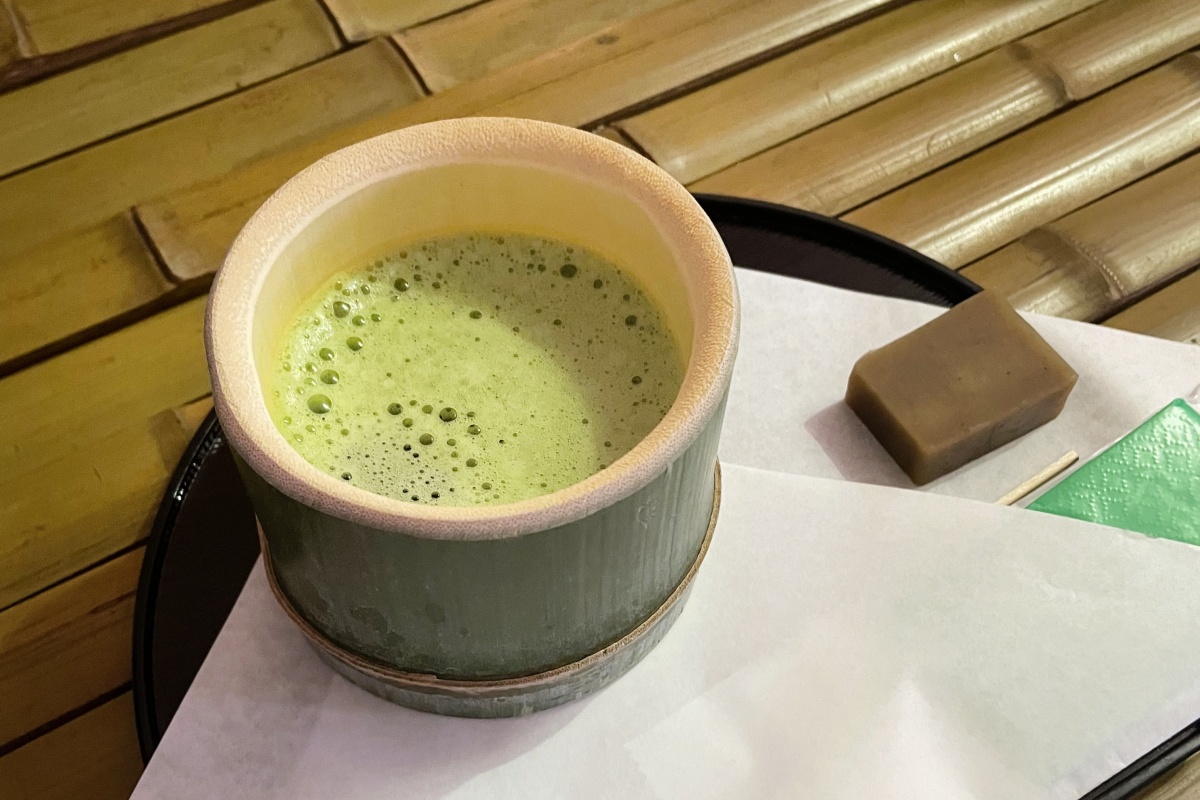
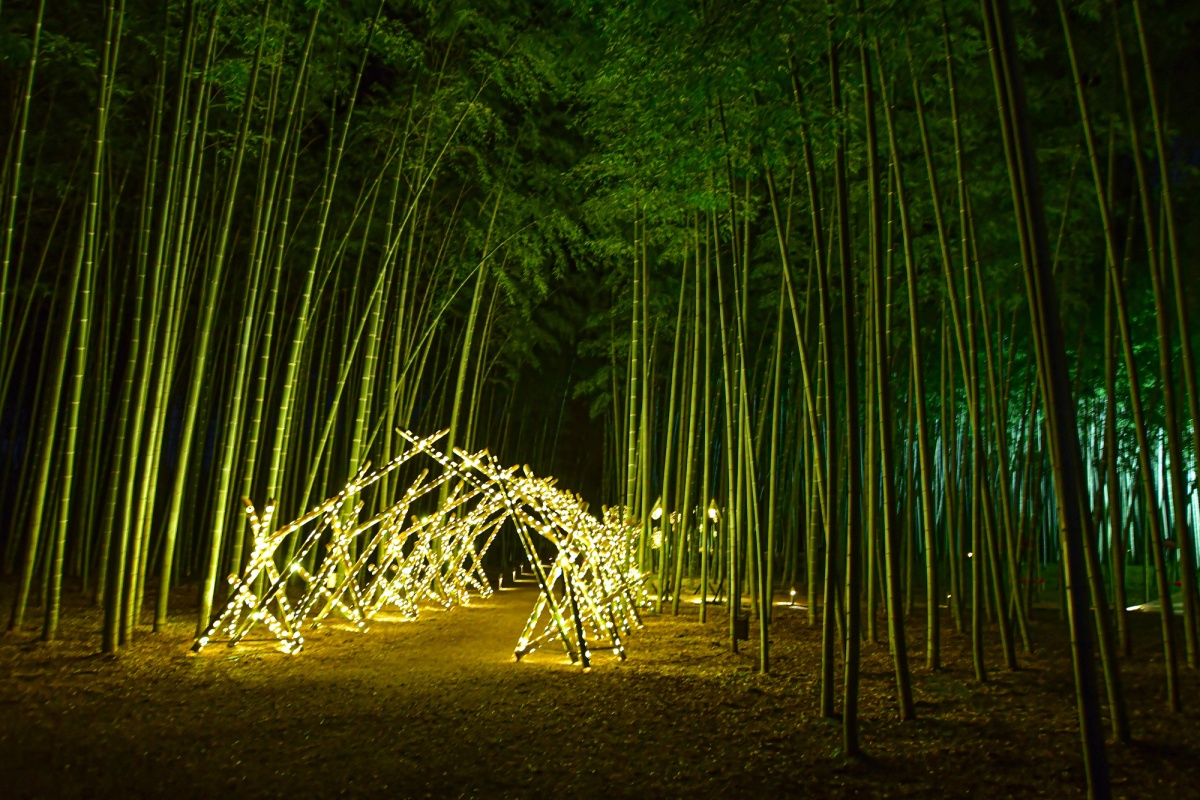
This tour itinerary show just how Tochigi brings together varied aspects of Japanese history and culture: marshes created by ancient geology, villas shaped by international diplomacy, crafts born of local conditions, and foods that reflect centuries of cuisine culture. Tochigi is a prefecture where natural and human histories are closely intertwined, and where travelers will see both preserved traditions and their ongoing evolution.
Visit Tochigi
https://www.visit-tochigi.com/



